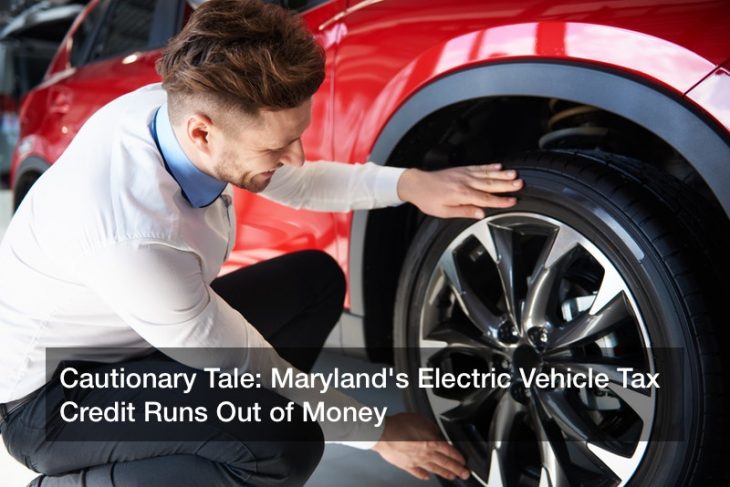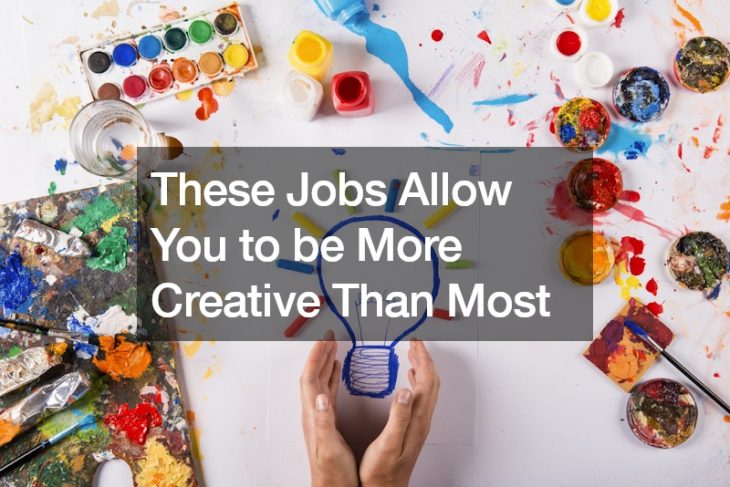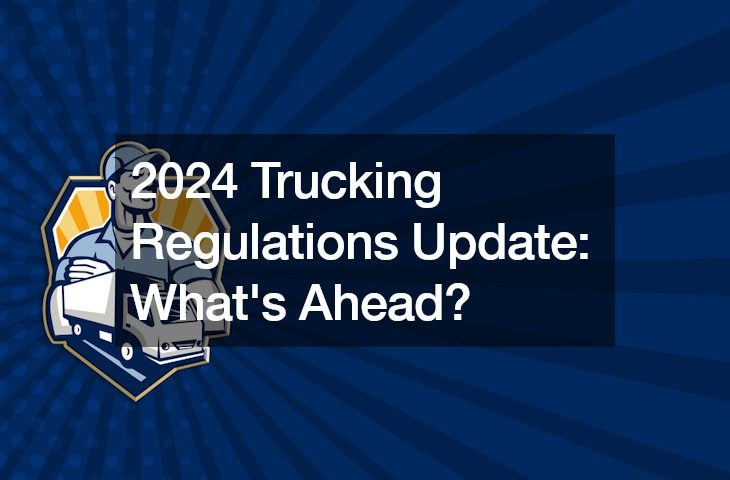
The city of Chicago is going through an interesting phase of public transportation changes, and it’s all thanks to Uber.

Chicago officials were supposed to launch a program on Jan. 29 this year that officially required all of the city’s 12,700 licensed cab drivers to connect to one of two “ride-hailing apps,” according to the Chicago Tribune. These two mobile apps, Arro and Curb, are part of a bigger “Chicabs” app program which was designed as a way to “help taxi companies claw back a customer base” that has increasingly turned to Uber or Lyft ride services.
The only tiny problem was that the city missed its own deadline. Many taxi drivers have not been keen on signing up for the program, but they have admitted that it’s a small step toward securing taxi company jobs.
As Crain’s Chicago Business reported, the ride-sharing services Uber and Lyft have caused taxi medallions to plummet in value. The average price of a taxi medallion in Chicago in 2014 was around $325,000, but this dropped to $229,000 in 2015.
As the city’s taxi industry fumbles, Uber has been making several changes to improve its services. ChicagoInno recently reported that Uber made adjustments to the way that passengers can choose their rides. Two services offered by Uber, uberPOOL and uberX, have been redesigned within the Uber app to allow passengers to request a “shared ride” or “your own car,” and estimated price differences are displayed together.
As many app developers will attest, even small changes can make a big difference in customer engagement. The majority of mobile app developers make improvements to an app at least twice a year, and many of these improvements focus on simple big fixes or changes for ease of accessibility.
Although Uber isn’t just focused on the city of Chicago, the company has made it clear that it sees a strong demand for its services and intends to continue growing — regardless of what the city’s taxi industry is doing.
“I-90 currently owns the title of the ‘nation’s worst bottleneck,’ costing residents 16.9 million hours of wasted time and a staggering $418 million in lost productivity per year,” said the company in a statement last year. “When it comes to cutting congestion and pollution in Chicago, technology is an important part of the solution.”













